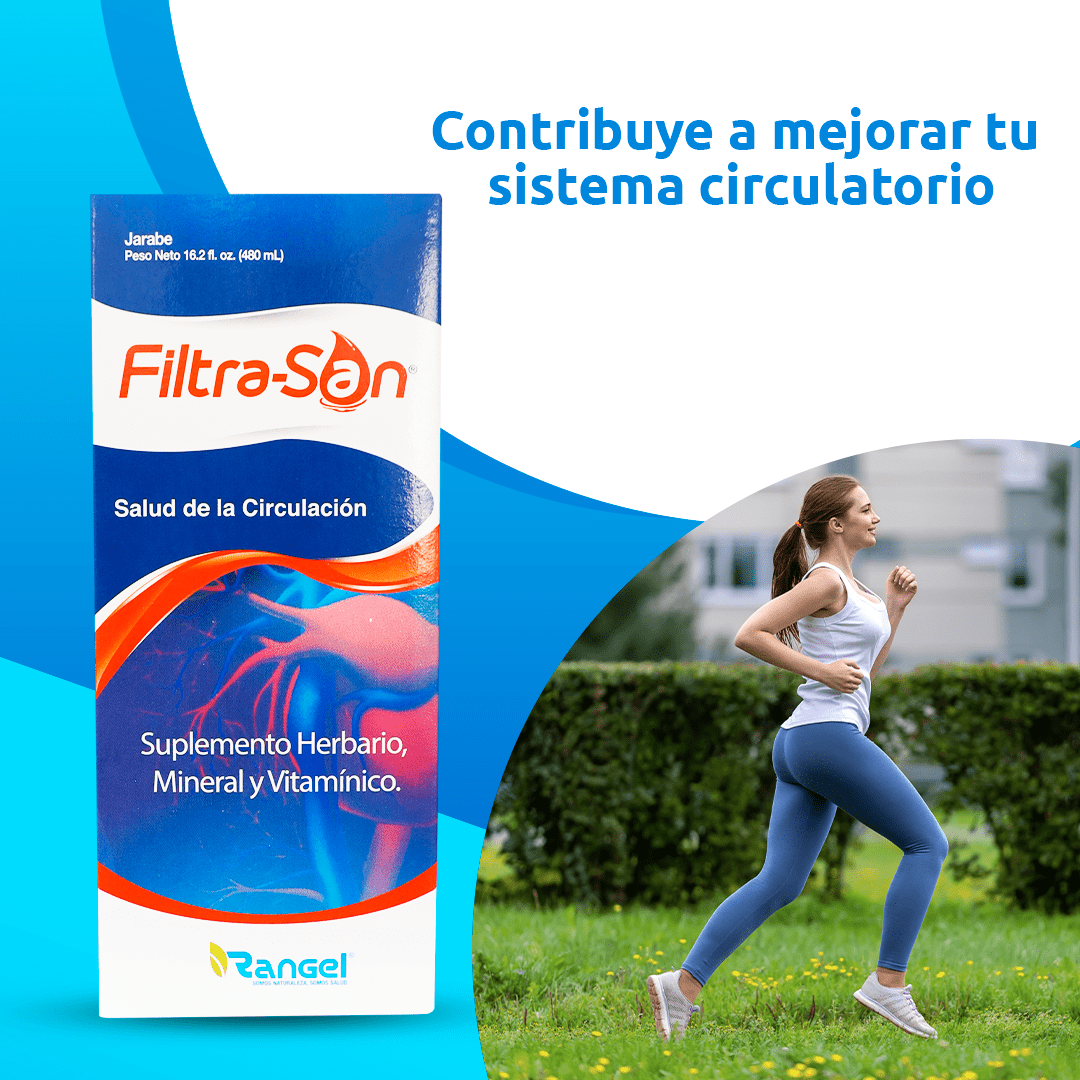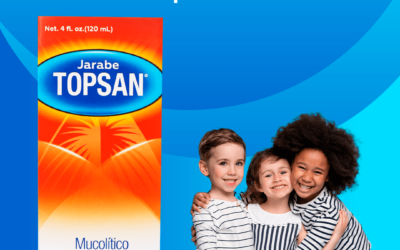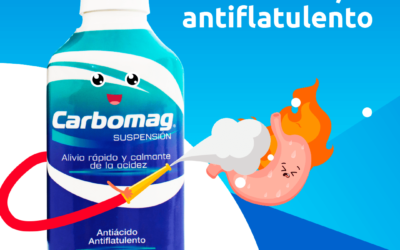FILTRA SAN
Salud de la Circulación
El suplemento FILTRA SAN, que combina extractos herbarios, vitaminas y minerales, apoya de manera efectiva la salud del corazón y de los vasos sanguíneos. Su consumo diario favorece la función cardiovascular, ayudando a mantener una circulación óptima.
Estos ingredientes trabajan en sinergia para promover una mejor circulación sanguínea y fortalecer el sistema cardiovascular. Incorporar FILTRA SAN en tu rutina puede ser un paso clave hacia una vida más saludable, asegurando que tu corazón y vasos sanguíneos.
Ingredientes que lo componen:
Específicaciones técnicas
Tamaño por ración : 2 Cucharaditas (10 mL) | Raciones por Envase: 48
Si estas viendo esta información desde un smartphone; gire el dispositivo de forma horizontal para ver tabla completa.
| Cantidad por cápsula | % Valor Diario | |
| Ext. Fdo. Remolacha (Beta vulgaris) | 69.44 mg | + |
| Ext. Fdo. Ajo (Allium sativum) | 60.0 mg | + |
| Ext. Fdo. Ginkgo Biloba (Ginkgo biloba L) | 40.0 mg | + |
| Ext. Fdo. Jengibre (Zingiber officinale) | 30.0 mg | + |
| Ext. Fdo. Ginseng (Panax ginseng) | 20.0 mg | + |
| Ext. Fdo. Cola de caballo (Equisetum arvense) | 15.0 mg | + |
| Ext. Fdo. Boldo (Peumus boldus) | 14.6 mg | + |
| Ext. Fdo. Cáscara de Naranja (Citrus aurantium) | 12.0 mg | + |
| Ext. Fdo Ruda (Ruta graveolens) | 9.0 mg | + |
| Ext. Fdo Apio (Apium graveolens) | 3.5 mg | + |
| Cloruro de magnesio | 15.0 mg | 3.8% |
| Cianocobalamina ( vitamina B12) | 4.4 mg | 73.3% |
| Nicotinamida (Vitamina B3) | 2.76 mg | 13.8% |
| Vitamina E | 1.0 mg | 5% |
| Retinol (Vitamina A) | 0.30 mg | 20% |
| Agua c.s.p | 10.0 ml |
Otros ingredientes: Agua, Sorbitol, Alcohol Etílico, Glicerina, Cremophor, Color Caramelo, Metilparabeno, Propilparabeno, Sacarina Sódica y Color Rojo No. 40.
* Porcentaje de Valor Diario basado en una dieta de 2,000 calorías, según valores de referencia de la FDA.
+ Valor Diario no establecido.
Dosis Sugerida: Tomar 2 cucharaditas (10 mL) vía oral dos veces al día, después de cada comida: desayuno y almuerzo.
Via de administracion: Oral.
ADVERTENCIAS Y PRECAUCIONES
-No se recomienda su uso en niños menores de 12 años, mujeres embarazadas o en período de lactancia.
-Almacenar por debajo de 30°C, proteger de la luz y la humedad.
-En caso de sobredosificación diríjase al centro de salud más cercano.
-No usar si el cuello de la tapa está roto o ausente.
Presentación del Producto:
Caja conteniendo frasco con 480 mL de jarabe
- Baires Hernández, R. E., Morán Rodríguez, A. E., & Vanegas Blanco, K. M. (2004).Investigación del grado de demanda comercial y calidad físico-química del cloruro de magnesio hexahidratado, utilizado para fines terapéuticos (Tesis Doctoral, Universidad de El Salvador).
- Caso MA et al (1995) “Double-blind study of a multivitamin complex supplemented with ginseng extract”Drugs Exptl Clin Res 22: 323-329.
- Cavallito CJ, Bailey JH (1944) “Allicin, the Antibacterial Principle of Allium sativum. I. Isolation, Physical Properties and Antibacterial Action” J Am Chem Soc66 (11): 1950-1951.
- Chang TK. et al (2002) “In vitro effect of standardized ginseng extracts and individual ginsenosides on the catalytic activity of human CYP1A1, CYP1A2, and CYP1B1”Drug Metabol Disposn 30: 378-384.
- Hiyasat B. et al (2009) “Antiplatelet activity of Allium ursinum and Allium sativum”Pharmacol 83(4): 197-204.
- Kim SH & Park KS. (2003) “Effects of Panax ginseng extract on lipid metabolism in humans”Pharmacol Res 48: 511-513.
- Kumar G et al. (2011) “A review on pharmacological and phytochemical properties of Zingiber officinale Roscoe (Zingiberaceae)”J Pharm Res 4(9), 2963-2966.
- Maskoup A, Altura BM. (1998) “Role of magnesium in the pathogenesis and treatment of migraines” Clin Neurosci 5: 24-27.
- Mazur A et al. (2007) “Magnesium and the inflammatory response: Potential physiopathological implications” Arch Biochem Biophys 458: 48-56.
- McCullough AL. et al (1990)“Vitamin B6 status of Egyptian mothers: Relation to infant behavior and maternal-infant interaction” Am J Clin Nutr 1:1967-74.
- Mc Cully K (1998) “Homocysteine, Folate, Vitamin B6 and Cardiovascular Disease” J Am Med Assoc 279: 392-3.
- Naval MV. et al (2007) “Neuroprotective effect of a ginseng (Panax ginseng) root extract on astrocytes primary culture” J Ethnopharmacol112: 262-270.
- Ojewole JA. (2006) “Analgesic, antiinflammatory and hypoglycaemic effects of ethanol extract of Zingiber officinale (Roscoe) rhizomes (Zingiberaceae) in mice and rats”Phytother Res 20(9), 764-772.
- OMS (2003). “Diet, nutrition and the prevention of chronic diseases” Techn Rep Series 916. Report of a Joint WHO/FAO. Expert Consultation. Geneva, Switzerland.
- Pardo Arquero VP. (2004) “La Importancia de las Vitaminas en la Nutrición de Personas que Realizan Actividad Físico-deportiva” Rev Int Med Cienc Act Fis Deporte 4(16): 233-242.
- Prakash J. (2010) “Chemical composition and antioxidant properties of ginger root (Zingiber officinale)”J Med Plants Res 4(24), 2674-2679.
- Rahman MM, Fazlic V, Saad NW. (2012). “Antioxidant properties of raw garlic (Allium sativum) extract”Internal Food Res J 19(2):24-31.
- Raña-Martínez N. (2008) “Migraña en la mujer” Rev Neurol 46: 373-378.
- Scaglione F. et al (1995) “Efficacy and safety of the standardised Ginseng extract G115 for potentiating vaccination against the influenza syndrome and protection against the common cold” Drugs Expetl Clin Res22: 65-72.
- Seear M et al. (1992) “Thiamine, riboflavin, and pyridoxine deficiencies in a population of critically ill children”J Pediatr 121(4): 533-538.
- Song Y et al. (2007) “Magnesium intake and plasma concentrations of markers of systemic inflammation and endothelial dysfunction in women” Am J Clin Nutr 85:1068-1074.
- Terry R et al. (2011) “The use of ginger (Zingiber officinale) for the treatment of pain: a systematic review of clinical trials”Pain Med 12(12), 1808-1818.
- Van Kampen J. et al (2003) “Neuroprotective actions of the ginseng extract G115 in two rodent models of Parkinson’s disease”Exptl Neurol 184: 521-529.
- Wald DS. et al (2001) “Randomized trial of folic acid supplementation and serum homocysteine levels”Arch Int Med 161: 695-700.
- Youn HS et al. (2008). “Garlic (Allium sativum) extract inhibits lipopolysaccharide-induced Toll-like receptor 4 dimerization”.Biosc Biotechnol Biochem 72(2): 368-375.
- Yun TK. et al (2010) “Non–organ-specific preventive effect of long-term administration of Korean red ginseng extract on incidence of human cancers”J Med Food 13: 489-494.
- Zeng T. et al (2012) “A meta-analysis of randomized, double-blind, placebo-controlled trials for the effects of garlic on serum lipid profiles” J Sci Food Agric 92: 1892–1902.
Otras publicaciones de interés…
TOPSAN-D
TOPSAN-D Descongestionante Antitusivo-Antihistamínico TOPSAN-D, contiene en su fórmula la combinación de un...
Topsan
Topsan Antitusivo-Antihistamínico Topsan Mucolítico, contiene en su fórmula la combinación perfecta del mucolítico...
Carbomag
Carbomag Antiácido, antiflatulento CARBOMAG está formulado para tratar diversos problemas digestivos. Es efectivo en...















0 comentarios